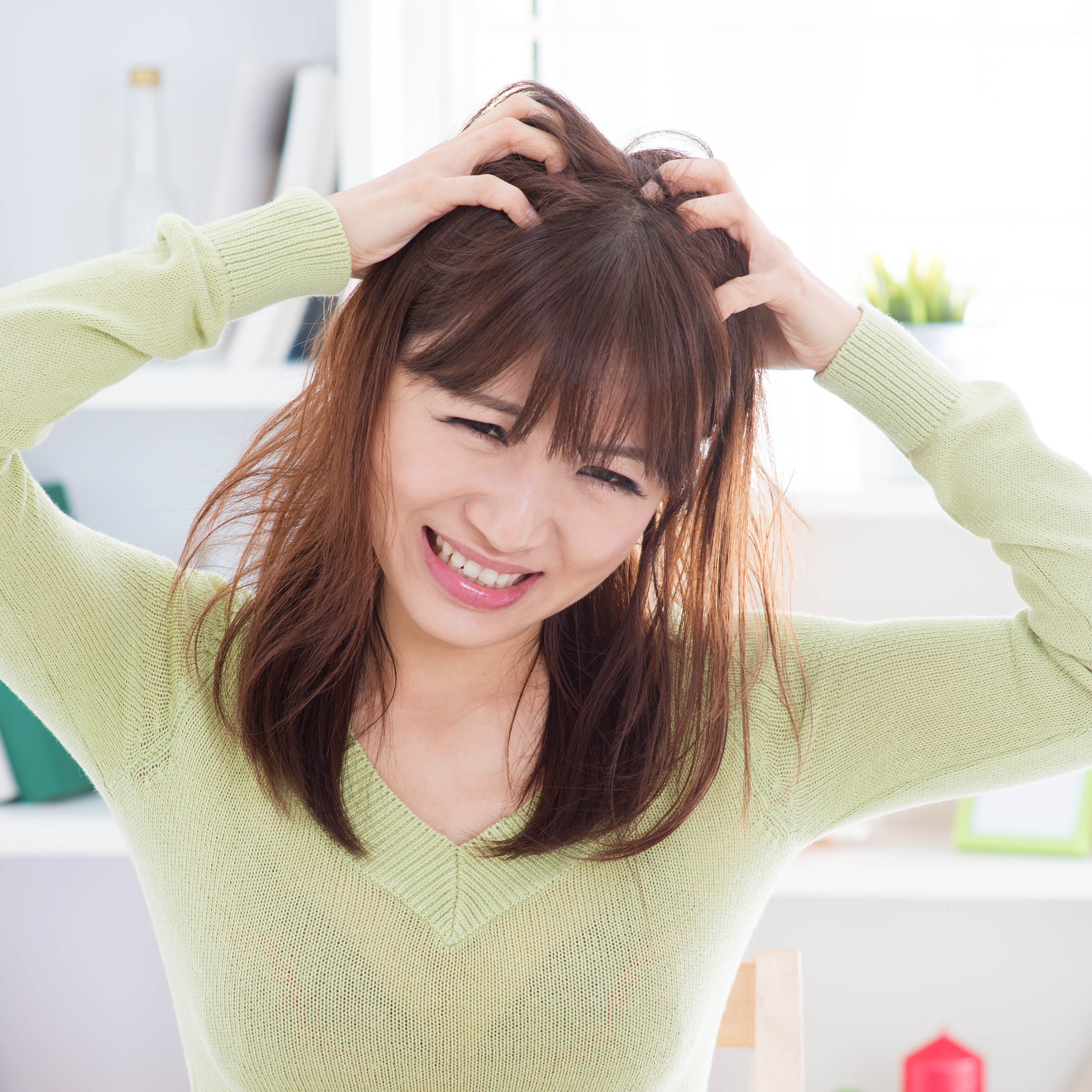Lice are tiny insects that live on humans and feed on blood. When a large number of lice live and multiply on a person, it is called an infestation. Lice are easily spread through close contact and by sharing belongings.

Lice are tiny insects that live on humans and feed on blood. When a large number of lice live and multiply on a person, it is called an infestation. Lice are easily spread through close contact and by sharing belongings.
Three different kinds of lice live on humans:
Signs and symptoms of lice include:
DIAGNOSIS
During an examination, your doctor may examine you for lice using a magnifying lens and check for nits using a special light, called a Wood’s light, which makes the nits look pale blue.
Head lice
A diagnosis of head lice can be made after a live young or adult louse in the hair or on the scalp is found, or after one or more nits is seen on hair shafts located within 1/4 inch (6.4 millimeters) of the scalp.
Body lice
A diagnosis of body lice may be made if eggs or crawling lice are found in the seams of clothing or on bedding. It’s possible to see a body louse on skin if it crawls there to feed.
Pubic lice
Pubic lice are diagnosed when moving lice or nits are seen on hair in the pubic area or on other areas of coarse hair, such as chest hair, eyebrows or eyelashes.
RECOMMENDED MEDICATIONS
Use medications that treat lice only as directed. Applying too much can cause red, irritated skin.
Head lice
Treatment for head lice may involve:
Body lice
If you have body lice, you don’t need treatment. However, you must take the same self-care measures, such as treating clothing and other items, as you would for head lice. If self-care measures fail to get rid of the lice, your doctor might recommend trying one of the nonprescription or prescription treatments for head lice.
Pubic lice
Pubic lice can be treated with many of the same nonprescription and prescription treatments used for head lice.
Self-care important
Whether you use over-the-counter or prescription shampoo to kill lice, much of the treatment involves self-care steps you can take at home. These include making sure all the nits are removed and that all clothing, bedding, personal items and furniture are decontaminated. In most cases, killing lice on your body isn’t difficult. The challenge is getting rid of all the nits and avoiding contact with other lice at home or school.
Overview and FactsTypes and SymptomsDiagnosis & MedicationsOverview and Facts Tetralogy of Fallot is a congenital heart defect that affects the [...]
Overview and FactsTypes and SymptomsDiagnosis & MedicationsOverview and Facts Trichinosis, also known as trichinellosis, is a parasitic infection caused by [...]
Overview and FactsTypes and SymptomsDiagnosis & MedicationsOverview and Facts Trigeminal neuralgia is a neurological condition characterized by severe facial pain. [...]